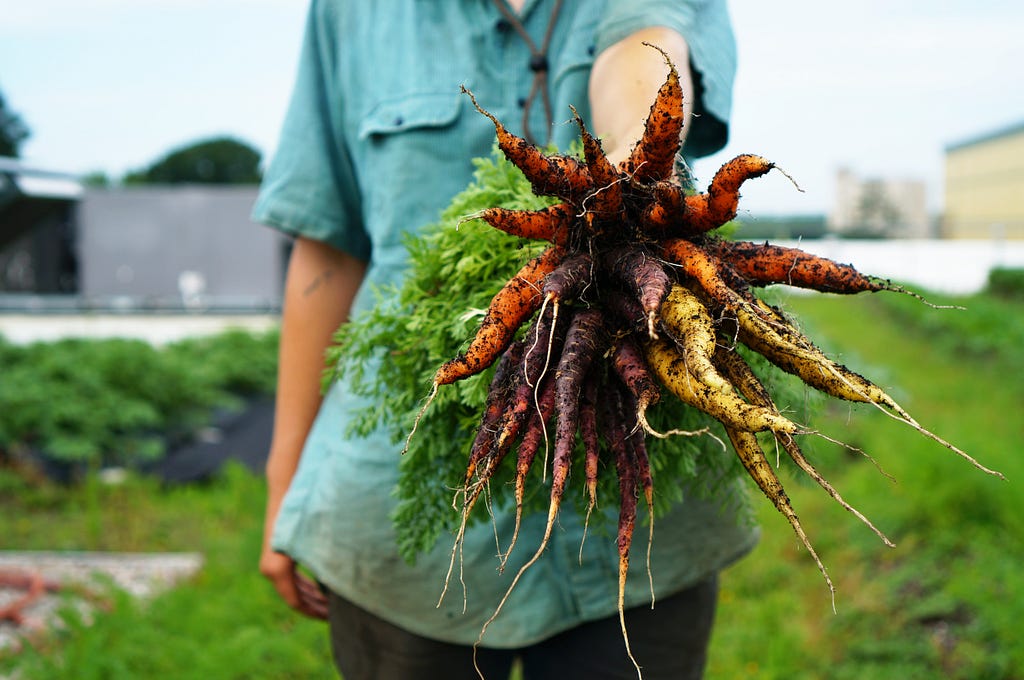
Eisenhower Fellowship Provides Opportunity for B Corp Leader to Visit and Learn from Examples of European Success
I have always been a big fan of food. Growing up, my dad would cook a variety of delicious international cuisine (his passion), which I would happily inhale. I gained a deep appreciation for good food early on and spent some time working in the TV industry as a production assistant for Throwdown with Bobby Flay as well as a few other Food Network shows.
I always wanted to find a career that focused on food. Little did I know that my path would lead me to run an urban farming company.
I became introduced to urban agriculture and the value of growing your own food by reading The Omnivore’s Dilemma by Michael Pollan, which outlines the history of the American food system and how unsustainable it has become. In 2009 I reconnected with a college friend who wanted to start a backyard farming business, installing and maintaining vegetable gardens for homeowners in the Boston area. We decided to go for it.
By providing infrastructure and support for those wanting to grow their own food on-site, Green City Growers creates positive social and environmental change. Growing food for oneself has multiple health and environmental benefits, but most people lack the tools and knowledge to do so successfully. Education and engagement around gardening and farming can make a significant difference in an individual’s understanding of their health and how it relates to food. We address these issues by growing food on-site at commercial and residential buildings while engaging participants in the act of growing their own food.
Each year, Green City Growers (GCG) produces 35,000 pounds of organic produce, teaches 2,000 kids how to grow their own food, diverts 50,000 pounds of food waste, converts 20,000 square feet of space into productive landscapes, and engages half a million individuals in urban farming and its benefits. GCG manages 120 locations throughout the Northeast, including a 20,000-square-foot rooftop farm on top of a Whole Foods Market in Lynnfield, Massachusetts, (the largest rooftop farm in New England), and a 5,000-square-foot rooftop farm at Fenway Park, which 500,000 fans get to experience each season. As a Certified B Corporation since 2013, GCG has been deemed a Best For The World Environment honoree for the past four years and Best For The World Overall for the past three years. We have 20 employees and are continuing to grow year over year.
It’s always been a goal of mine to show that business can be used as a mechanism to create positive social change. It’s taken some time to get here, but we’re doing just that.

Certified B Corporations like Green City Growers meet the highest standards of positive impact on society and the environment. Learn what it means to be B Corp certified.Agriculture Fellowship
In 2019, I was accepted to the Eisenhower Fellowships program as an agriculture fellow. Eisenhower Fellowships is an independent, nonpartisan, nonprofit international leadership program that awards mid-career U.S. leaders from all professional fields a five-week fellowship abroad. Each year approximately 10 USA Eisenhower Fellows are selected to travel for five weeks to one or two countries in the EF network. Here is the program’s mission statement:
“Eisenhower Fellowships identifies, empowers and connects innovative leaders through a transformative fellowship experience and lifelong engagement in a global network of dynamic change agents committed to creating a world more peaceful, prosperous and just.”
I was so excited to be accepted to this program and have the opportunity to gain a broader perspective on the urban farming industry. I chose Sweden, Germany, and France as my destinations, because all three locations clearly have something going on that was worth checking out. From a distance, Sweden and Germany appeared to have a deep commitment to environmental sustainability. Paris has seen a recent boom in urban farming due to a commitment from its mayor to create more green space and urban farms.
Before leaving for my fellowship, I identified a goal for my travels: to understand the mechanisms that could lead to urban agriculture becoming a sustainable, robust industry in the U.S. There is huge potential for urban farming to become a sizable industry that could fuel the creation of jobs, address the obesity epidemic through providing healthier food options to Americans, grow food in a more environmentally sustainable way, and change the culture around how urban spaces are used to best serve the residents. By learning how other countries have successfully integrated urban agriculture into their cultures, I hoped to identify ways the U.S. can be more successful at making urban farming a legitimate and sustainable business sector.
In total, I spent five weeks on fellowship, met with 50 organizations, and visited eight cities in three countries. Although there were fundamental similarities between the cities I visited, I found there to be unique challenges and strengths in each location.
What follows are my major takeaways from the three countries I visited. For a detailed account of my time in each country, check out the Green City Growers blog.
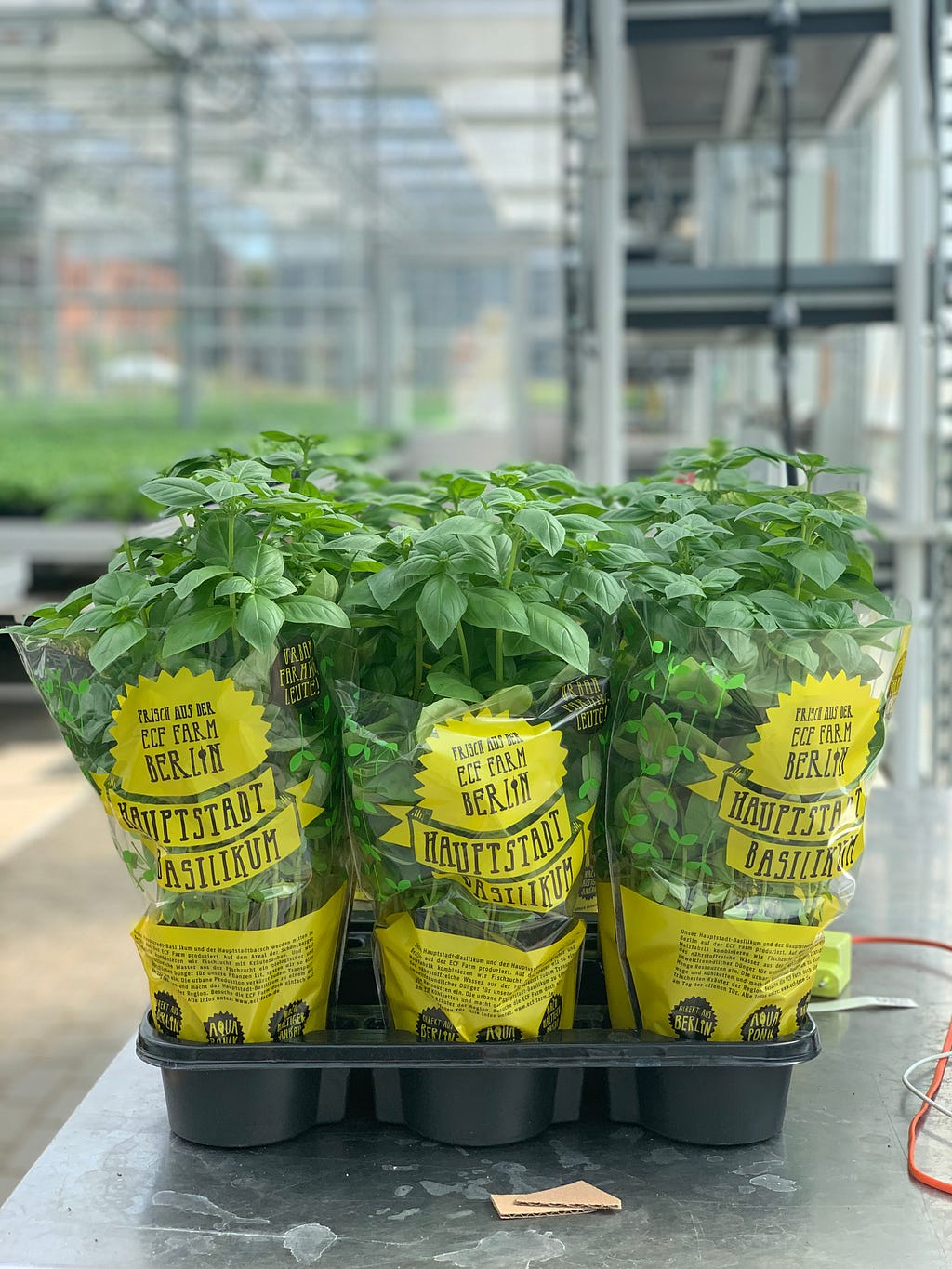
Germany: Gaining Traction
In Germany, a deep history and commitment from the city to public gardening and public parks have led to a culture of support and enthusiasm for urban ag. Public parks, community gardens, and allotment gardens (city-run garden plots for residents) are widespread. Case in point: Berlin has over 25 square miles of public park spaces!
Challenges for urban farming in Germany stem from a cultural feeling that while gardening services and gardening education are important, they are not something that citizens should pay for or that should be done to generate revenue. While some of the organizations I met with had been successful in creating revenue-generating models, others found both a lack of grant opportunities and interest in private consumers to purchase gardening assistance. The commercial urban farming industry is still in its fledgling stage compared to the U.S., but the organizations I met with were highly professional and seemed to be gaining traction.
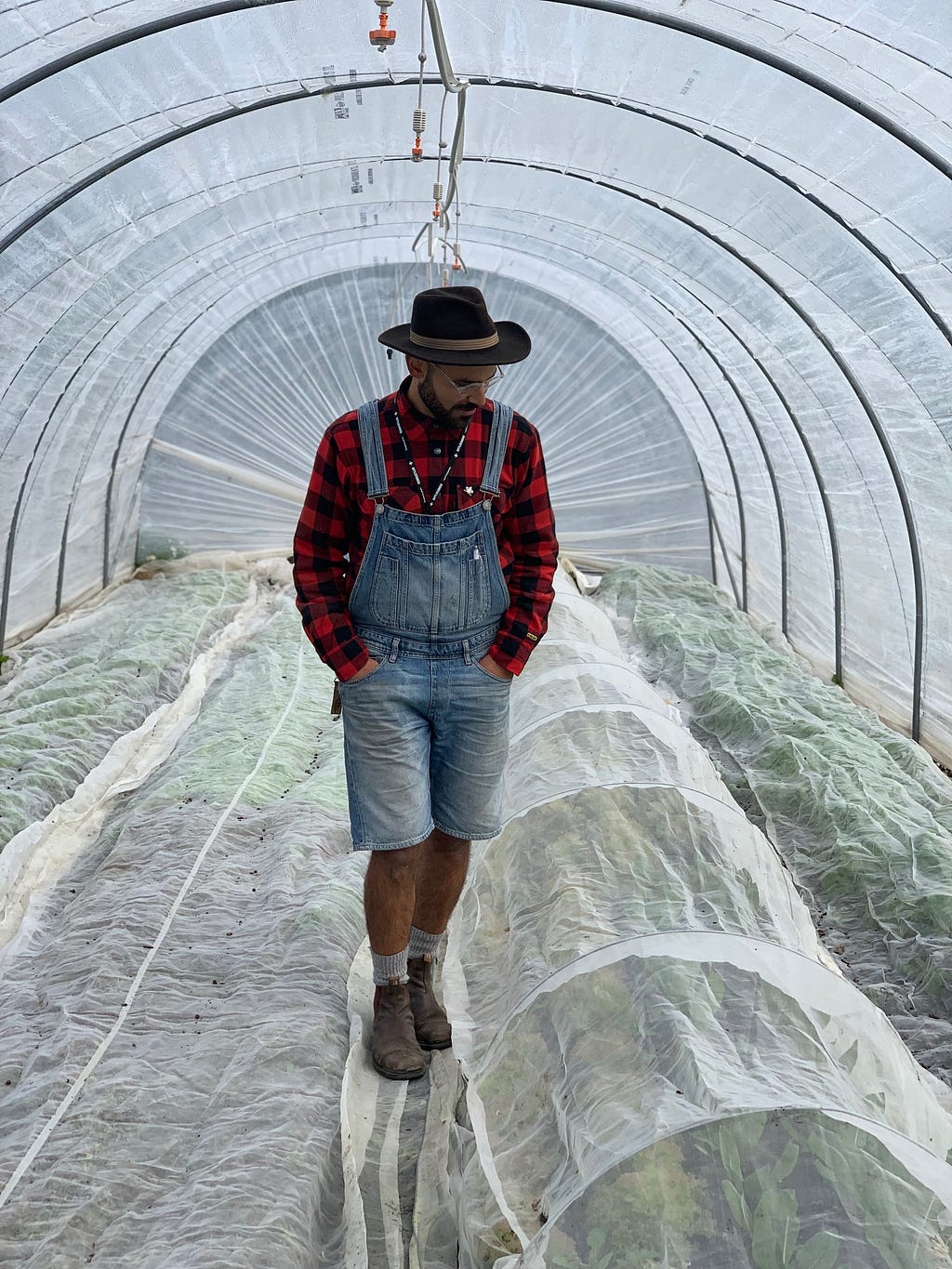
Sweden: Support for Sustainability
Swedish cities like Gothenburg and Malmo have their own departments dedicated to training beginning farmers and providing them with leases on city-owned parcels that are outfitted with greenhouses, fencing, water, and other important features that break down the barriers-to-entry for aspiring farmers. This focus on peri-urban market farming has created 200 individual farm operations and utilizes over 11 square miles of land now dedicated to farming, just outside of the city centers.
It was also immediately clear to me how important sustainability is to the country of Sweden. Supported by the government and the culture, Swedish residents are passionate about regenerative energy, waste reduction, and local agriculture. The individuals I met were even preemptively addressing issues that were not yet a problem for Sweden, such as water scarcity. This kind of forward thinking was impressive.
In all five Swedish cities I visited, it was clear to me that community-oriented urban gardening was an important part of the culture and a critical component in the creation of community and engagement spaces within city limits.
Sweden emphasizes the use of natural resources responsibly, efficiently, and renewably, and sustainable design, construction, and urban planning are also huge priorities for the country. I was so impressed with the use of renewable energy in Sweden, with most of their public transit system running off biogas created through the incineration of their waste instead of landfilling it. In fact, Sweden imports waste in order to generate enough biofuel for the country. Also, the conversation around urban food systems was sophisticated and showed a deep awareness of the value of urban agriculture for both social wellness and food system sustainability.
While there are far fewer examples of commercial urban farming organizations in Sweden than in the U.S., it felt like only a matter of time before the industry would accelerate. More than in the U.S., the culture, government, and business communities in Sweden are comfortable with making systemic changes to be more environmentally sustainable.
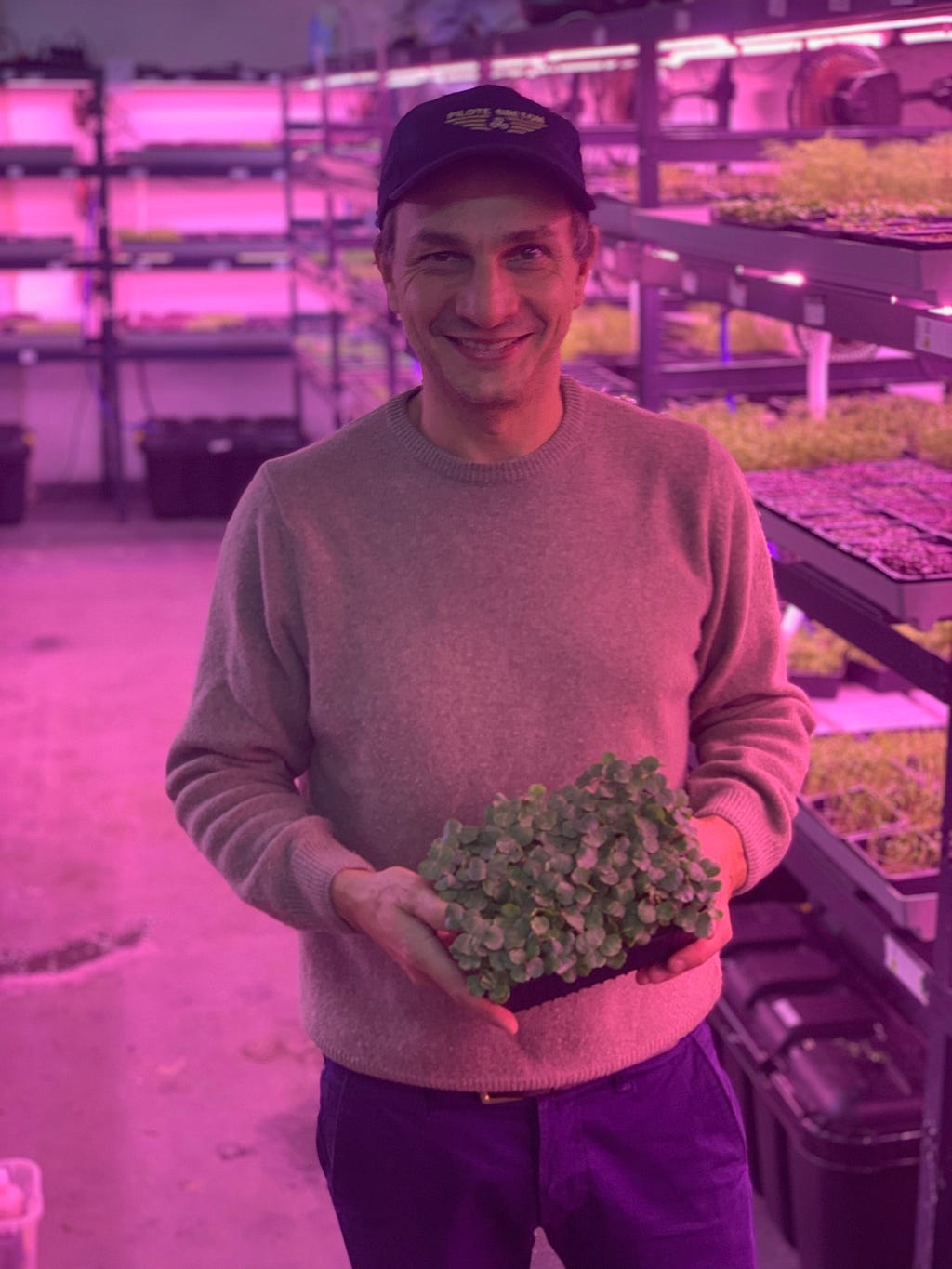
France: Finding Space to Grow
Paris does not have a reputation for being progressive regarding environmental sustainability, so I was deeply intrigued as to why the city has had so much success with urban farming, especially through an economic development lens. The answer was actually simpler than I could have imagined and made a whole boatload of sense: The city requires urban agriculture to take place.
Culturally, urban farming makes a lot of sense for Paris. In the 18th century, ¾ of the city was dedicated to farmland. French cuisine is also coveted worldwide, in large part because it is authentically “local” in nature—the country grows, packages, and exports locally produced food throughout the world.
What Paris does not have a lot of, though, is space. Only through a commitment from the municipality to find and lease unused rooftop spaces was urban farming able to grow within city limits. This commitment came from Mayor Anne Hidalgo, who in 2014 made a public commitment to convert 100 hectares (247 acres) to green space, with 30 of those hectares dedicated urban agriculture. Five years later, over 60 urban farming organizations exist in Paris, with the world’s largest rooftop farm slated for completion in 2020.
Overall, I found that Paris is excelling at creating opportunities for urban farming businesses to thrive.
Increasing Importance Amid Climate Change
Urban farming can provide significant benefits to the communities that support it. Benefits such creating access to sustainably grown local produce, having a positive environmental impact on urban landscapes (such as mitigating storm water runoff and heat island effect), engaging communities, and providing opportunities for education around healthy eating are all possible in cities that create space and allow for urban farming to exist. I truly believe that urban farming is an increasingly important approach to sustainable food production as climate change becomes a major issue worldwide.
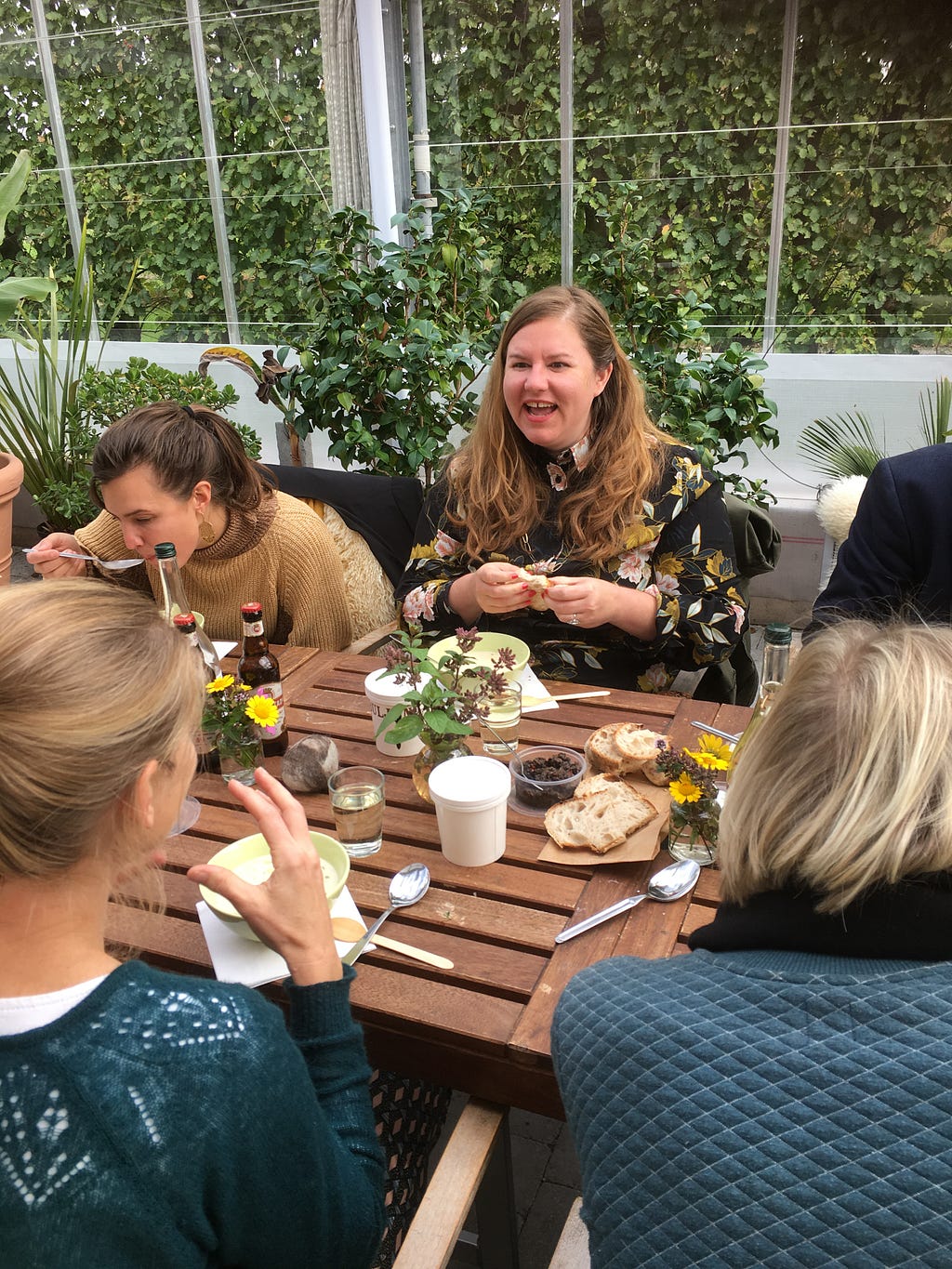
After my travels, it’s clear that municipal initiatives are a significant factor in the breadth and overall success of the urban farming industry. Through tax incentives, land accessibility, public/private partnerships, and vocal public support, urban farming can thrive. Starting in 2020, I plan on working with climate and agricultural advocacy groups to create an international coalition of urban farming organizations, municipalities, and private sector supporters with the goal of identifying opportunities to advocate for legislation and government initiatives that support urban farming.
Next step: building a network of urban farming supporters. Do you want to be involved? Get in touch. Let’s be the change we want to see in the food system together.
B the Change gathers and shares the voices from within the movement of people using business as a force for good and the community of Certified B Corporations. The opinions expressed do not necessarily reflect those of the nonprofit B Lab.

Growing Stronger Communities Through Urban Farming was originally published in B the Change on Medium, where people are continuing the conversation by highlighting and responding to this story.